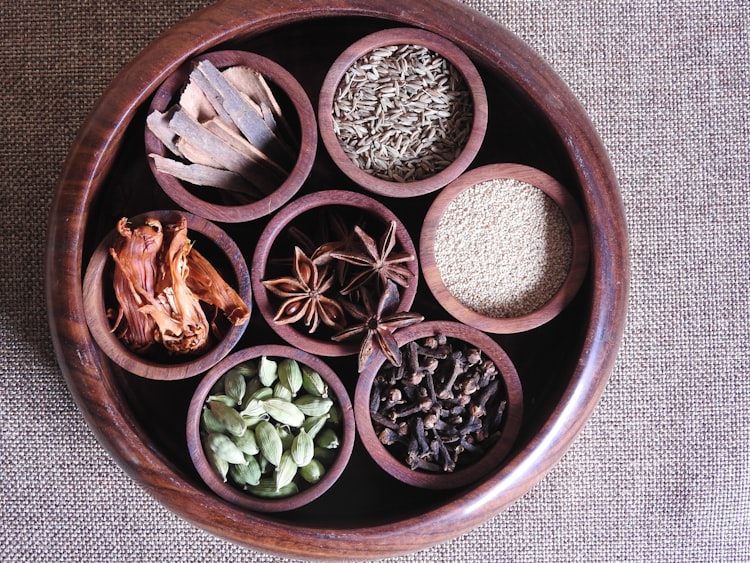Vietnamese Gastronomy
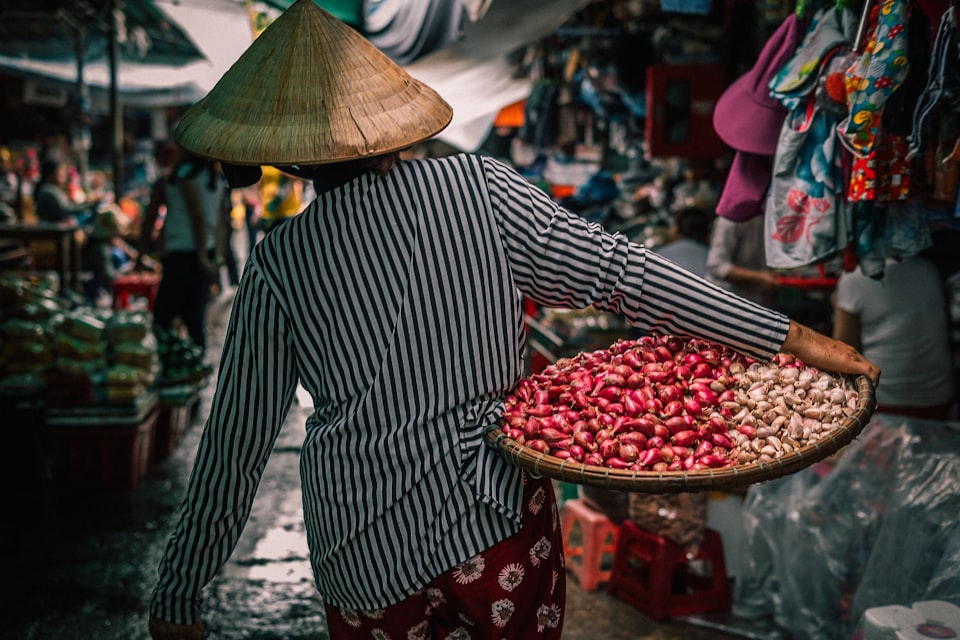
Vietnamese food is marked as a French influence on traditional Southeast Asian ingredients. Unlike many other Southeast Asian cuisines, Vietnamese food is not spicy but instead has a distinctly sour flavor profile. A major characteristic of the cuisine is a textural dichotomy between chewy and crunchy elements. Vietnamese is often seen as a healthy cuisine, extensively using rice and rice noodles as its primary carbohydrate and featuring lots of herbs.
History
The Vietnamese trace their roots back to migrants from southern China. Most of, what is now northern Vietnam, was ruled by China for many years. As it gained independence from China in the 10th century the Great Viet (Đại Việt) nation was formed in northern Vietnam. Similarly, in southern Vietnam, the Champa kingdom had taken over to fill the void. The Đại Việt eventually "merged" with the Champa kingdom, albeit with some back and forth, and these people groups ruled over modern Vietnam for almost 1,000 years until the French colonized the nation in 1858. In the Mekong Delta area of the south, the Cambodian Khmer kingdom ruled for much of this time. The three major regions of the country, northern, central, and southern, can be found in the history of the Đại Việt, Champa, and Khmer kingdoms that ruled for these 1,000 years. The French ruled from about 1858 until 1945 when Vietnam became an independent nation. This history of the Chinese rule, Đại Việt in the north, Chams in central Vietnam, Cambodians in the south, and French influence during colonization culminates in the unique Vietnamese gastronomy we see today.
Ingredients
The sour taste in many Vietnamese dishes comes from the fish sauce, oyster sauce, fermented shrimp paste, and limes used as a base for most Vietnamese cuisine. A combination of these entities is in almost every major dish with either Jasmine rice or rice noodles. The Vietnamese frequently use rice noodles, also called vermicelli (or bún in Vietnamese), as much as possible. Rice noodles are incorporated inside some spring rolls and used as the external wrapping for other spring rolls. It is the noodle for practically all soups and can be a base for grilled meats. The rice noodle is synonymous with Vietnamese cuisine and is used to its full extent.
Additionally, you will find the following list of spices throughout the cuisine: star anise, black peppercorns, cardamom, turmeric, and bird’s-eye chile. Herbs are extremely common to be served alongside the main dish or as a garnish on top. The most common herbs used in Vietnam are rau răm (Vietnamese cilantro), Thai basil, culantro, lemongrass, green onions, rice paddy herb, shiso, and mint.
Major Ingredients
Fish & Oyster Sauce
Fermented Shrimp Paste
Rice Noodles / Vermicelli (Bún)
Limes
International Highlights
Pho
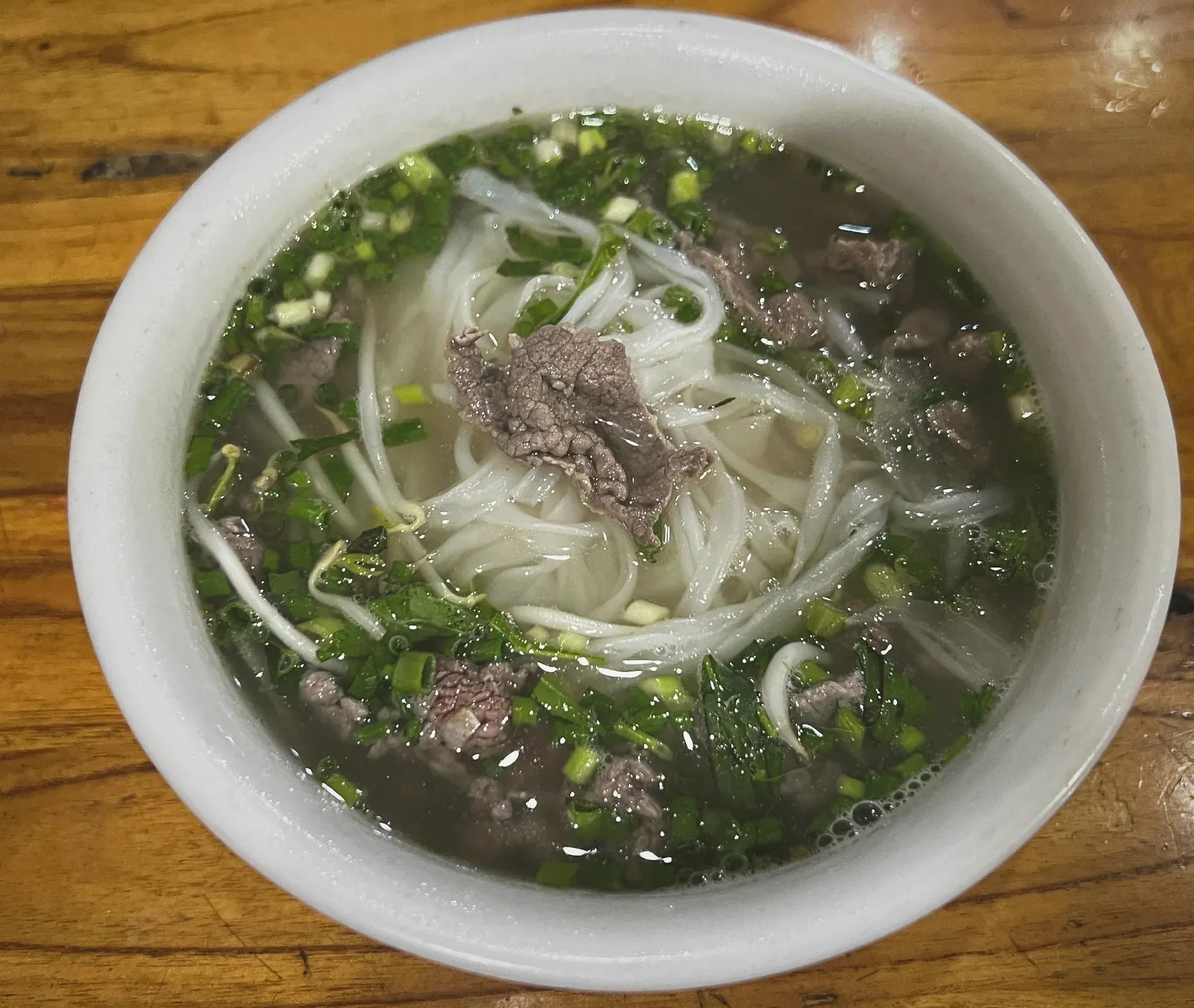
Pho is the international dish of Vietnam. Vietnam has a variety of soup noodle dishes that we will explore before, but Pho is the one that has become the star on the international stage. Pho is a rice noodle dish in a beef broth of garlic, star anise, clove, and cinnamon filled with herbs and meat. While it originated in the north, it has become universally popular in Vietnam as well as abroad. Minor regional differences are that bowls from the north are simpler with just the beef and ginger with chilis and limes on the side, while bowls from the south pack fresh herbs like basil and bean sprouts in the soup. While Pho is the iconic king of Vietnamese cuisine, I personally prefer other Vietnamese soup and noodle dishes to Pho, so make sure to try some other similar regional dishes.
Bánh Mì
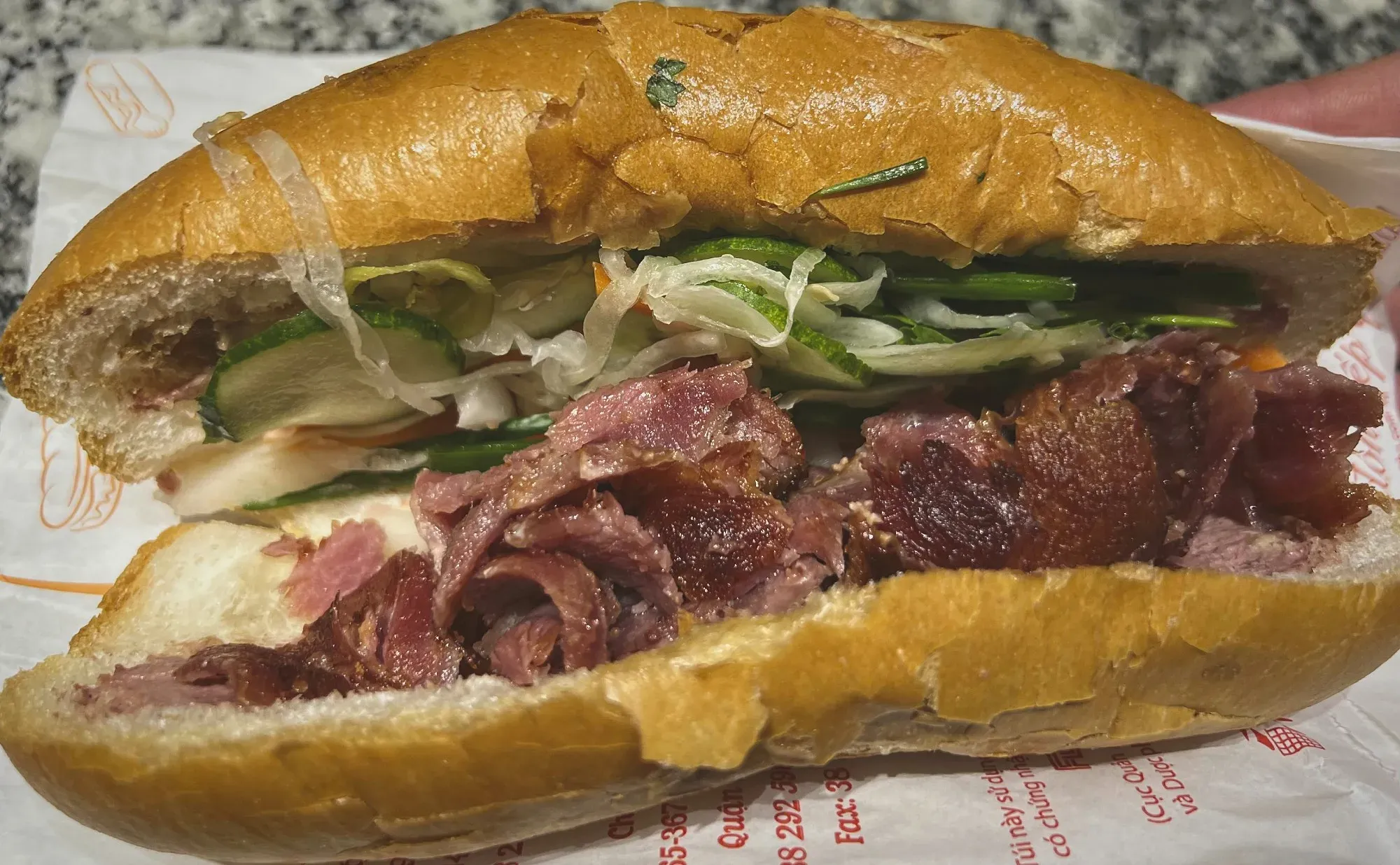
Coming in a close second for international glory is the Vietnamese sandwich- the Bánh Mì. A Bánh Mì sandwich includes pork, cilantro, cucumber, pickled carrots, pickled daikon with pâté, red chili, and mayonnaise inside of a short baguette roll. Bánh Mì is a perfect example of the fusion of French and traditional Vietnamese cultures in Vietnamese gastronomy today. Today, people have tried a variety of adventurous takes on the sandwich: adding a fried egg or even quail eggs, substituting pork for chicken or beef, or elevating the ingredients to include higher and higher quality cuts of pork. They are served on what feels like every street in every major city in Vietnam, so grab one any time of day for a wonderful snack.
Gỏi Cuốn / Nem Cuốn and Chả Giò / Nem Rán
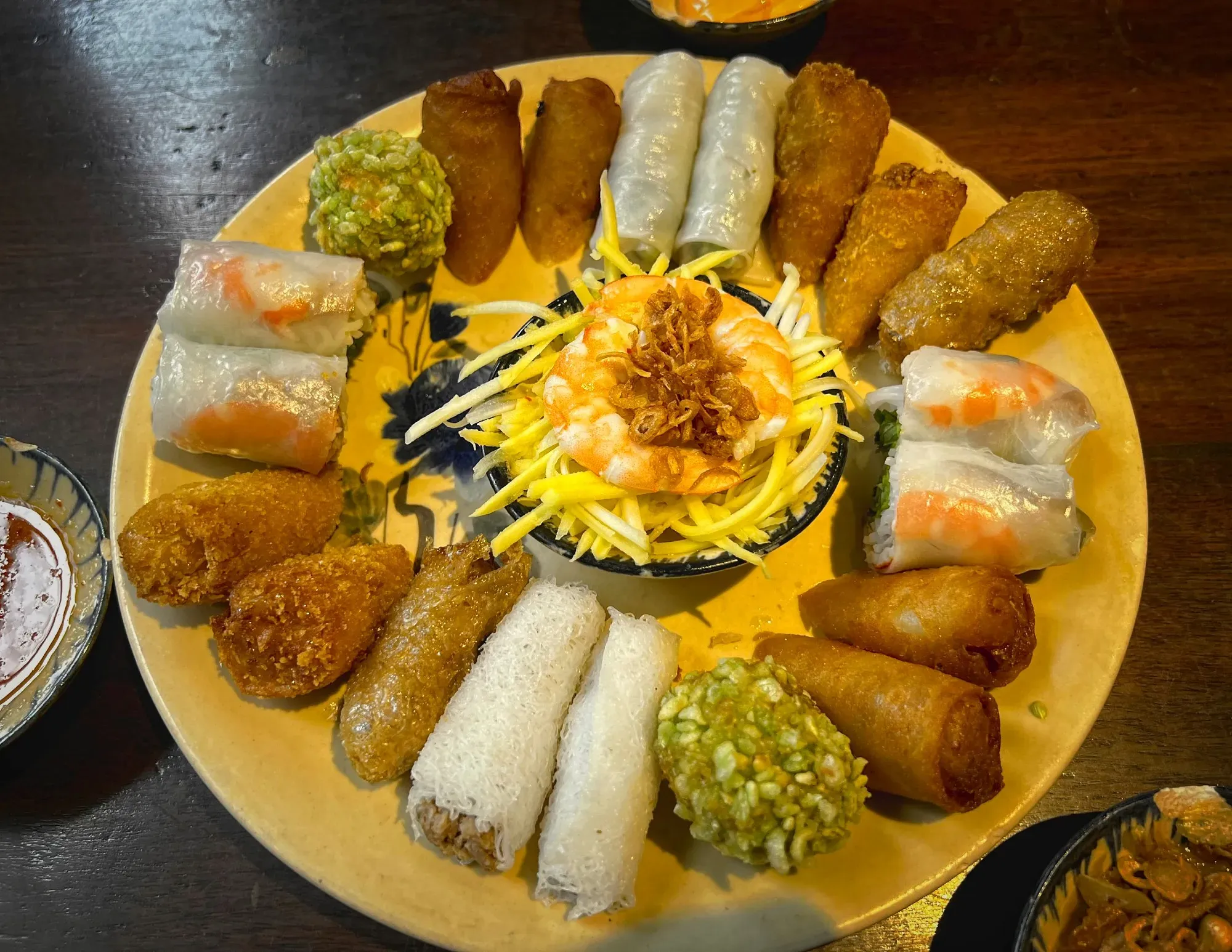
Vietnamese spring rolls have a seemingly endless number of names and varieties. They encompass such a wide breadth that there is surely something for everyone. Gỏi Cuốn / Nem Cuốn (southern vs. northern pronunciation) are fresh spring rolls. These are typically pork, prawns, vegetables, and vermicelli (bún) wrapped in rice paper (bánh tráng) and served with a peanut dipping sauce. Nem Rán / Chả Giò (southern vs. northern pronunciation) are fried spring rolls. The ingredients in these are much more freeform, with each region or even family having its own traditions for fillings. This is also where we see a plethora of names for each of these slightly different takes on fried spring rolls. An example of this would be the nem cua bể: square-shaped crab rolls that are popularly served alongside Bún chả. Luckily, most of the variations are delicious, so try as many as you can.
Regional-Specific Shoutouts
Bún chả
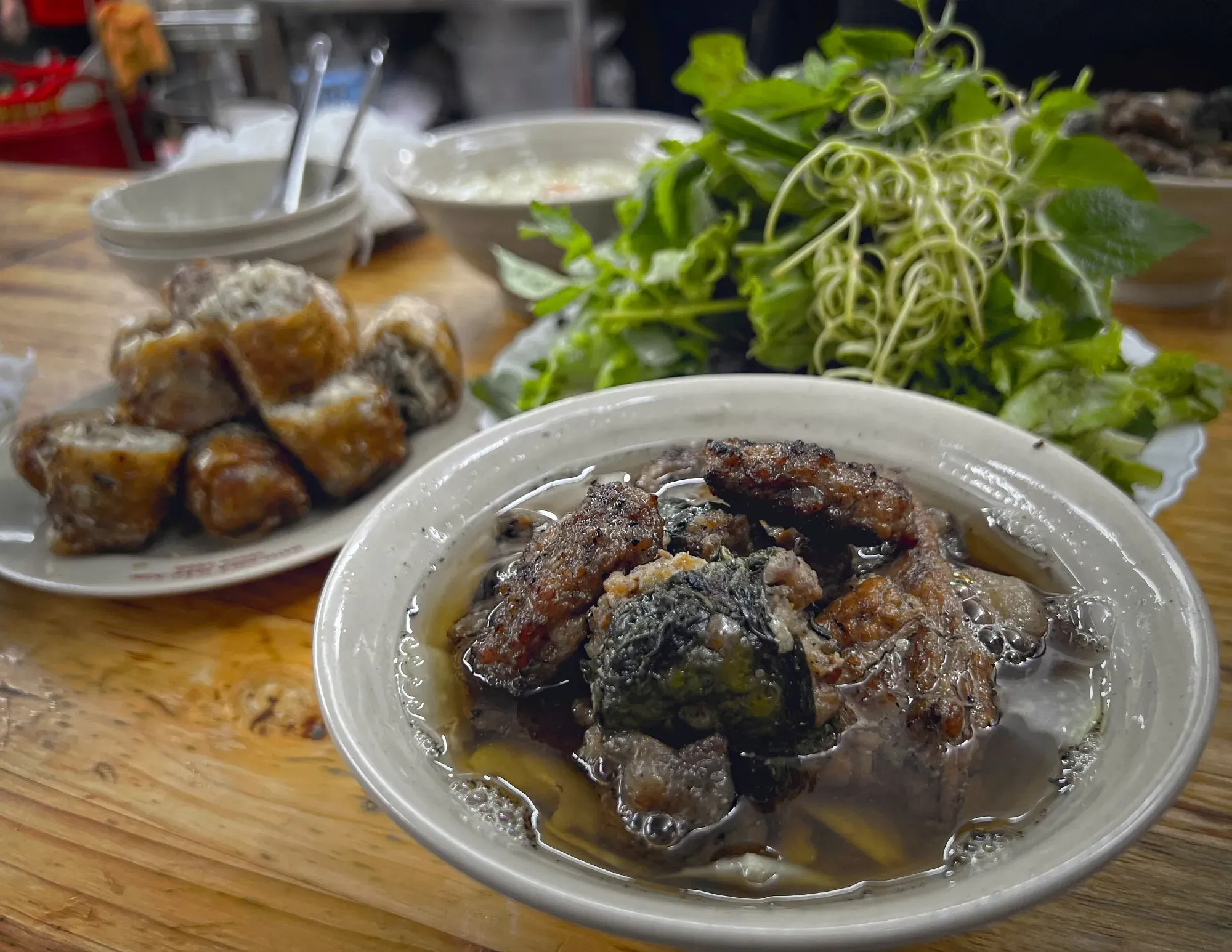
Bún chả is a Hanoi specialty consisting of grilled pork meatballs, rice noodles, a sour dipping sauce, and herbs. The idea is to take all of the ingredients and dunk them into the dipping sauce, then consume everything together. One of the most popular regional dishes it can now be found easily all over the country. The moisture from the dipping sauce as well as the combination of many elements of Vietnamese ingredients creates a phenomenal dish that is representative of classic Vietnamese food. Additionally, Bún chả is commonly served with a scrumptious crab Nem Rán called nem cua bể. The combination is both beautiful and a top-tier meal.
Chả cá Lã Vọng
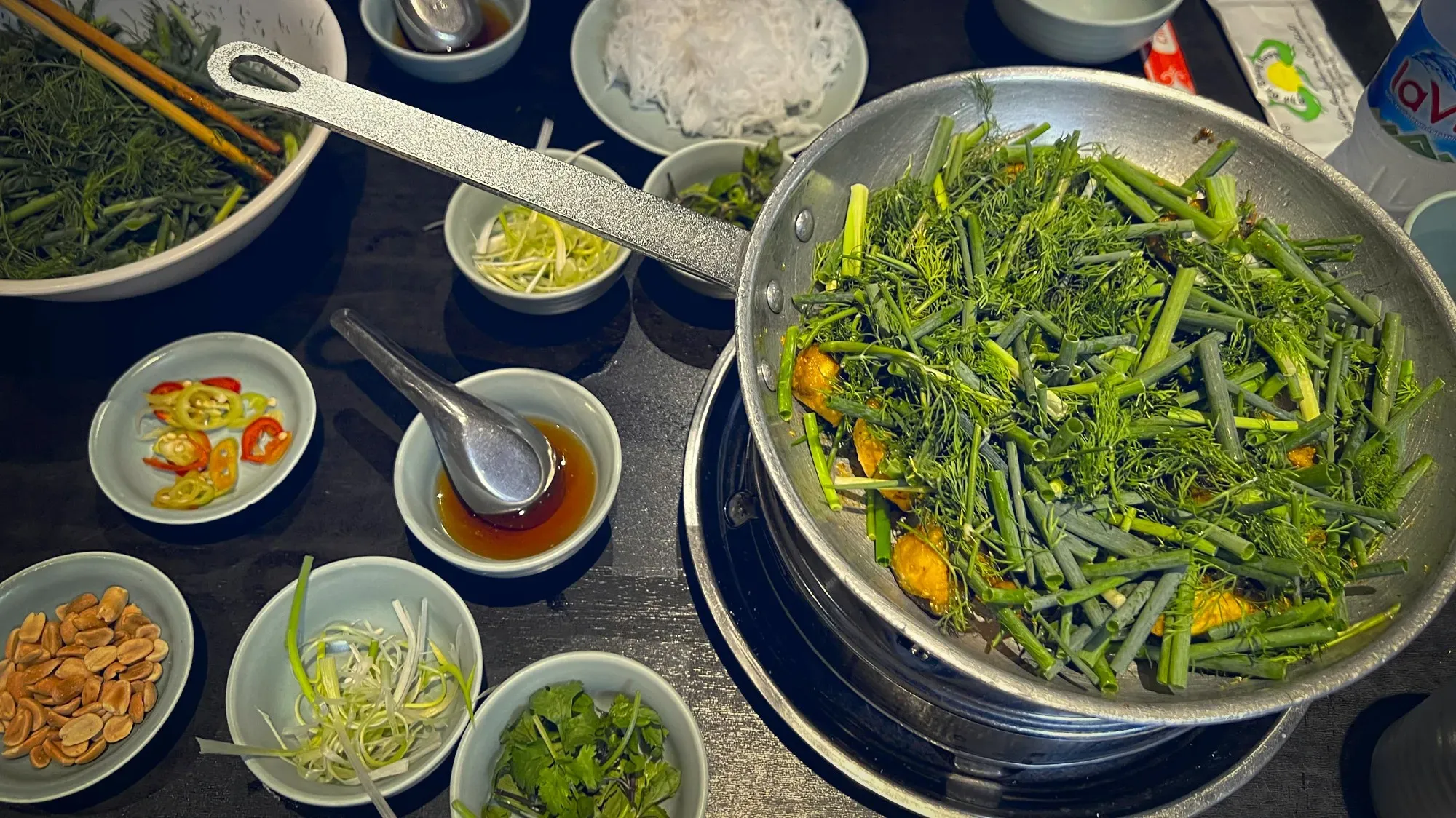
Chả cá Lã Vọng, or just Chả cá, is a grilled fish dish from Hanoi. Chả cá is a river fish, typically a local type of catfish, grilled in a turmeric-based sauce filled with Vietnamese ingredient classics: fish sauce, fermented shrimp paste, ginger, and chili peppers. A heap of herbs, consisting of at least dill, is grilled alongside the fish and combined with rice vermicelli (bún), peanuts, chilis, lime, and sometimes a salty fish sauce. Chả cá is thought of as a delicacy in Vietnam and so is almost exclusively found in restaurants. Oftentimes, these restaurants will set up a grill on the table and cook the dish in front of you similar to a Korean BBQ experience, which can be a fun time with friends.
Mì Quảng
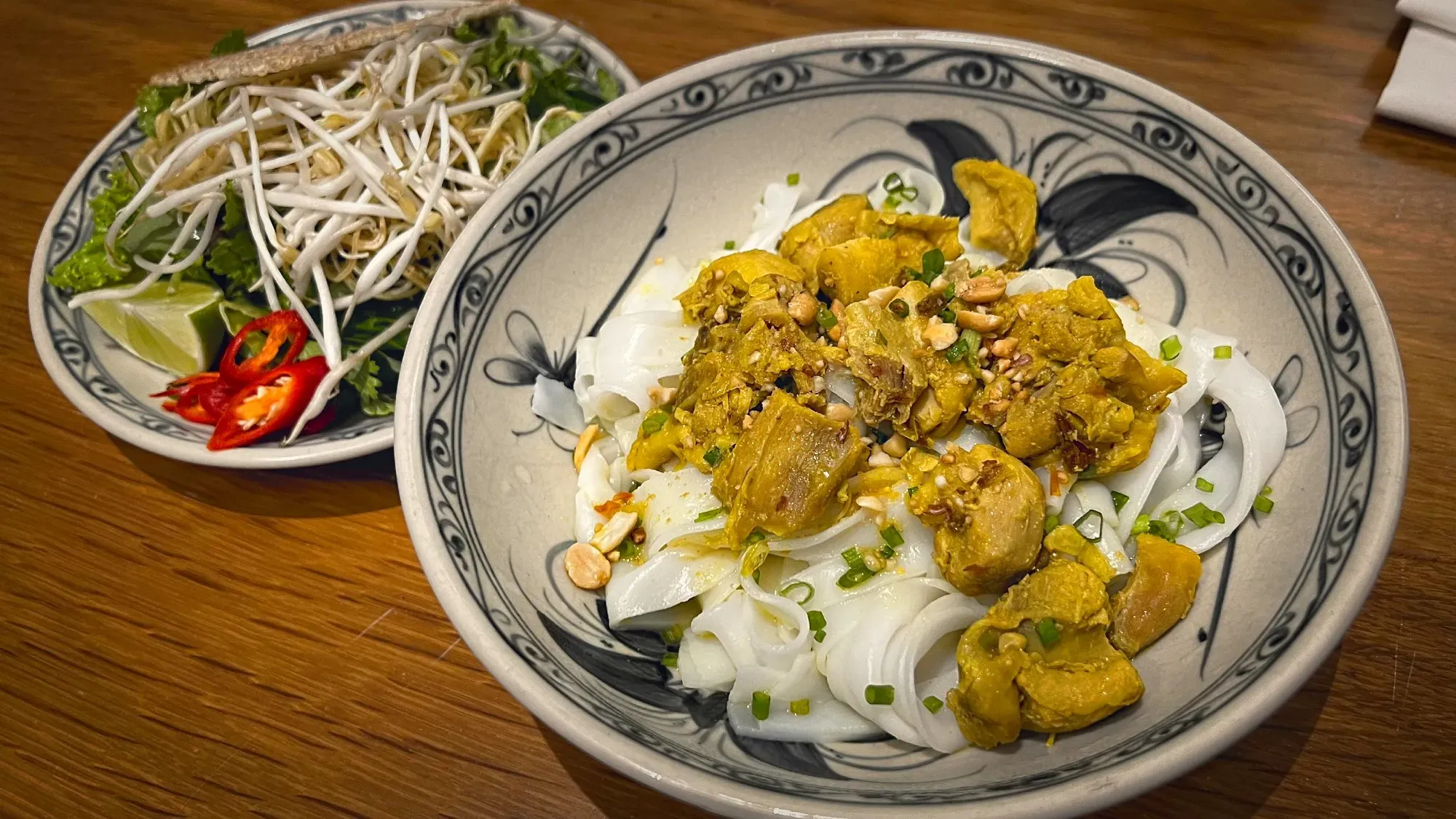
Mì Quảng, Bún bò Huế, and Cao Lầu are noodle dishes from Central Vietnam. Much of Vietnamese cuisine is sour rather than spicy, but Central Vietnam is the region of Vietnam where some heat is added to the dishes. Mì Quảng is probably the most popularly recognized dish from the region, with restaurant signs advertising the dish on every block in the region. Mì Quảng consists of wide rice noodles with meat and herbs in a bone broth of fish sauce, black pepper, shallots, garlic, and turmeric. It is topped with peanuts and toasted sesame rice crackers (bánh tràng mè) and served with Hội An chili sauce.
Cao Lầu
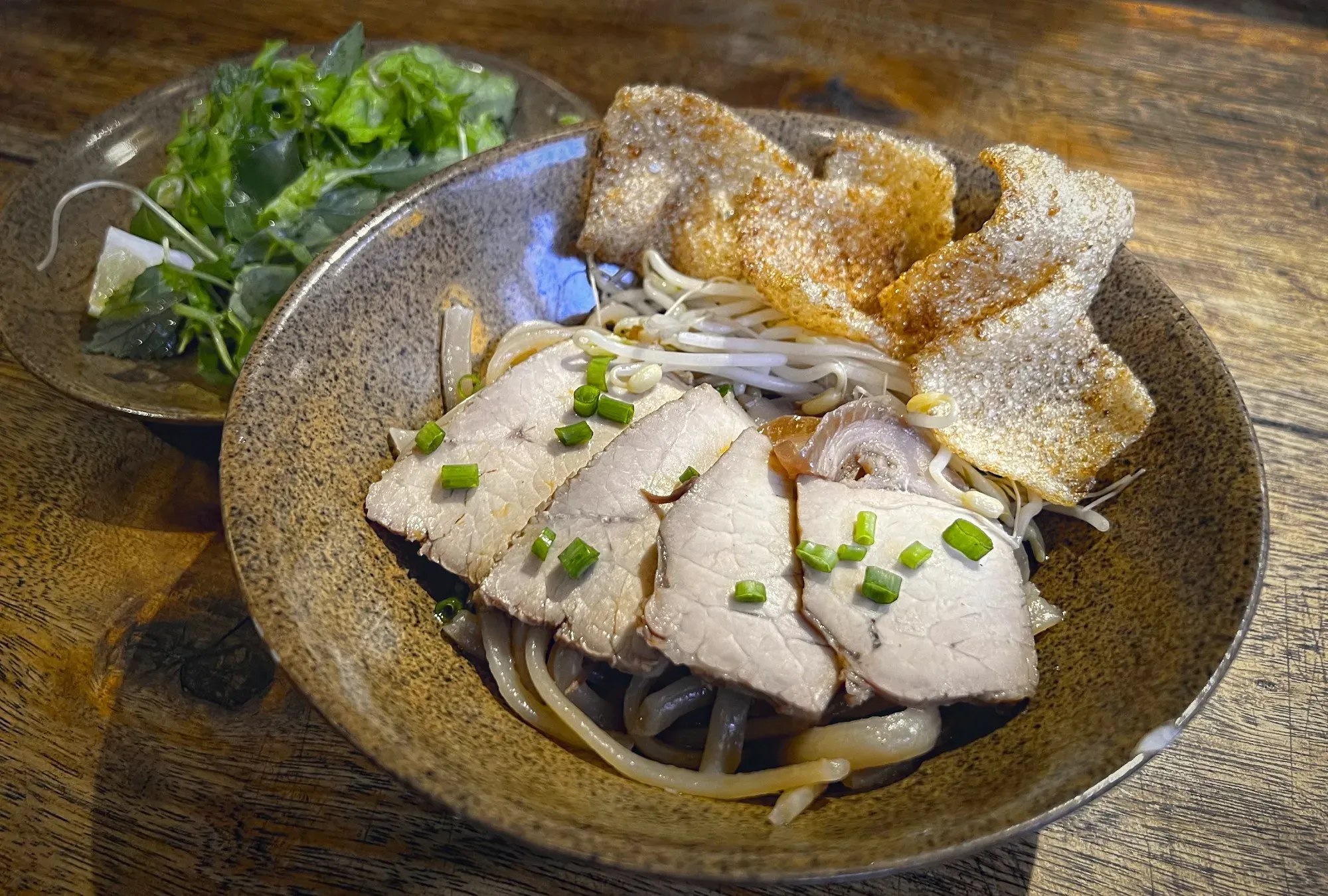
Cao Lầu is another Central Vietnam noodle dish that is almost exclusively found in Hội An. This is because local lye and turmeric from ash trees in the region are used to soak the rice noodles. This turns them into a thick, chewy consistency similar to Japanese udon. Traditionalists may argue that it isn't true Cao Lầu unless the regional lye is used; it can of course be reproduced anywhere, albeit doing so faithfully can be more challenging. It is usually served with pork, herbs, a small amount of broth, and topped with crispy rice crackers or pork rinds. To top it off, it is served with Hội An chili sauce. The masterful layering of flavors delivers a truly brilliant regional dish.
Bún bò Huế
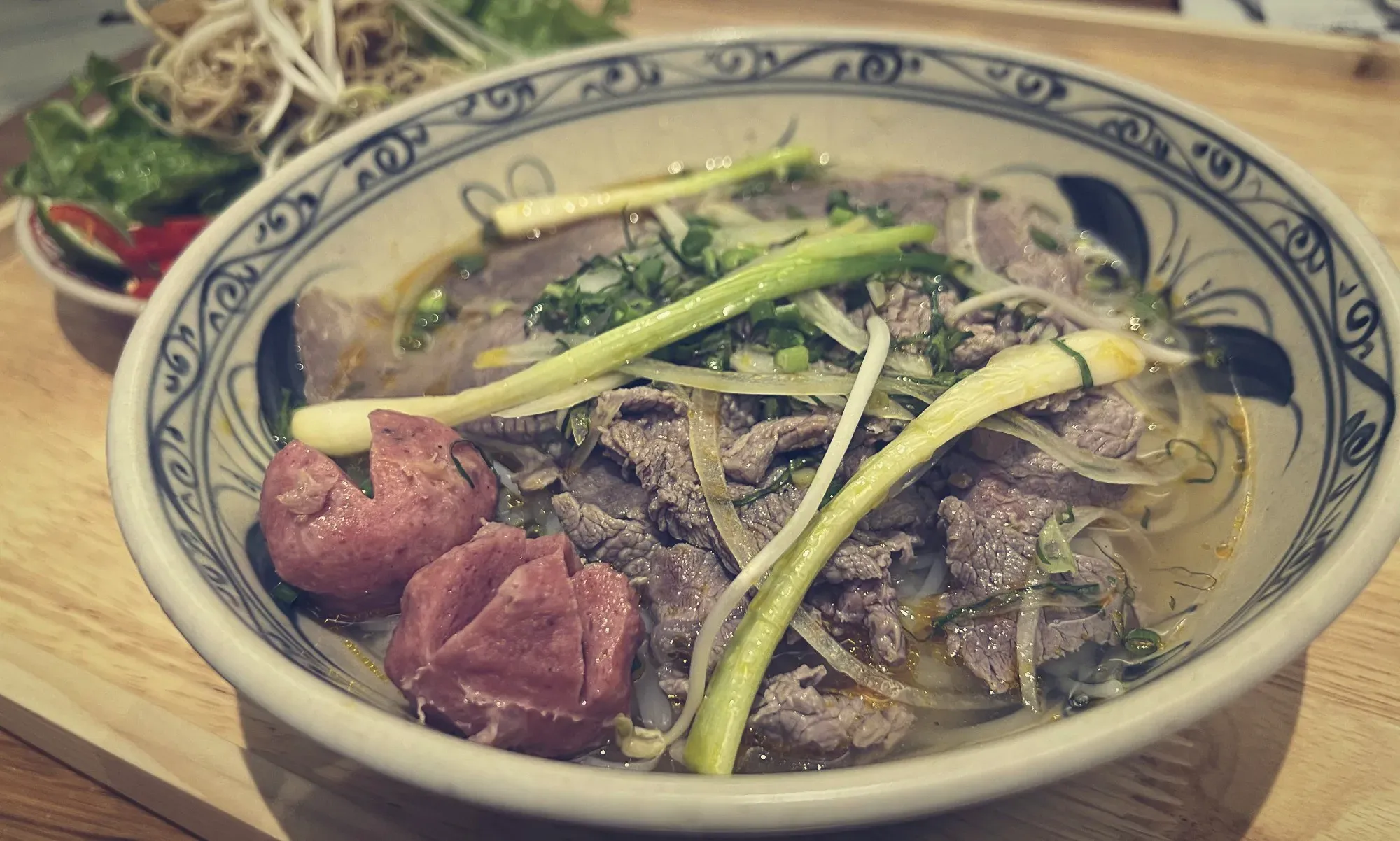
Bún bò Huế is another popular dish from Central Vietnam, specifically from the imperial city of Huế. It again has rice noodles, thicker than those used in Pho, which sit in a bone broth flavored with beef shank, lemongrass, shrimp paste, sugar, and spicy chili oil. Like many Vietnamese dishes, it also includes plenty of the typical herbs as well as thinly sliced banana leaves and/or red cabbage.
Bánh Xèo

Bánh Xèo, "sizzling pancake", is a crispy, stuffed rice pancake almost like a Vietnamese crêpe. The pancake is stuffed with any number of ingredients, popularly pork, prawns, diced green onion, mung bean, and bean sprouts. It is an extremely popular and fantastic-tasting street food that is often served with a side of herbs and sometimes pork skewers. A similar dish can be found in Cambodia and Thailand, but the origin of these dishes is believed to be Central Vietnam.
Khô / Cơm / Mì Xào / Canh Dishes
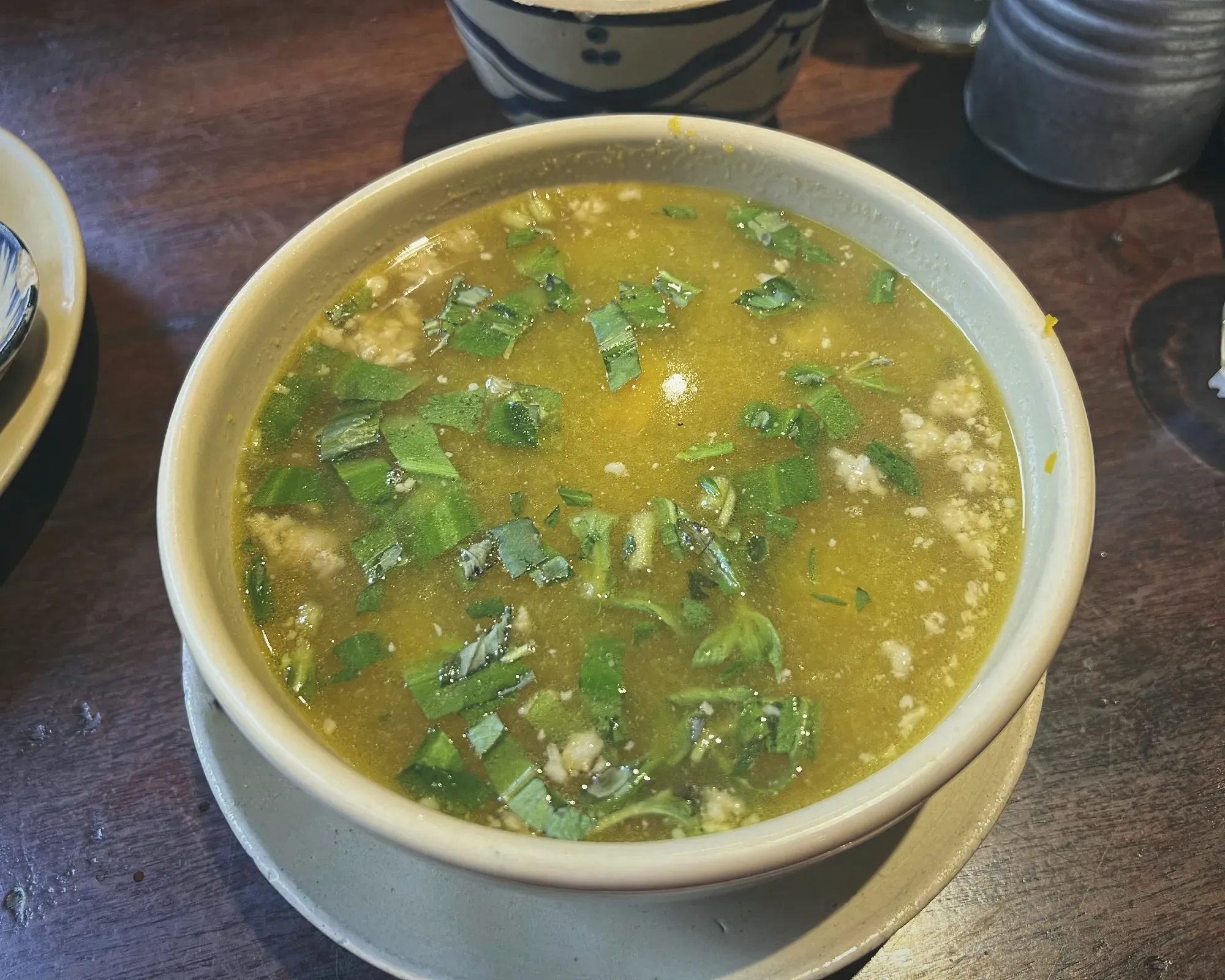
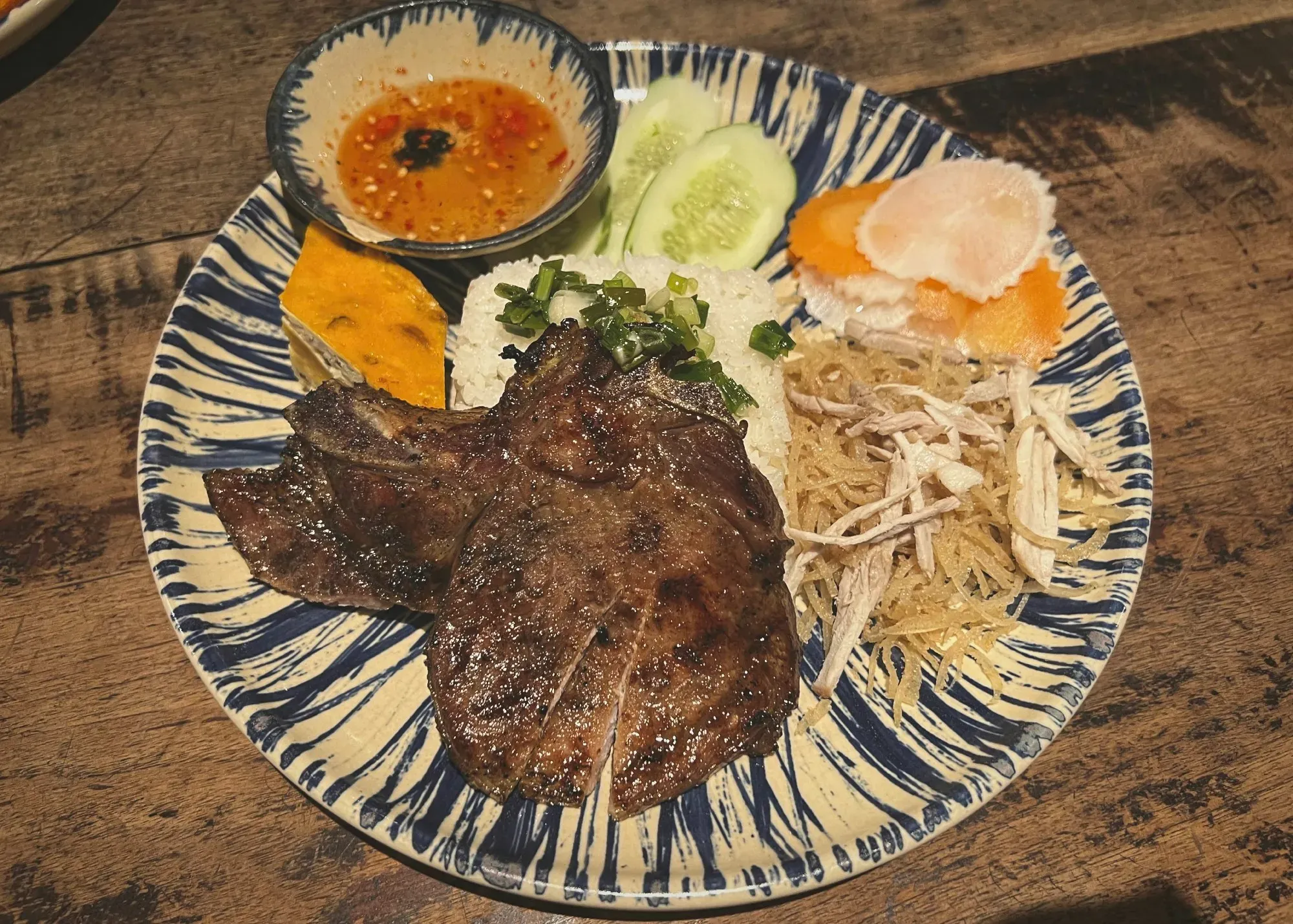
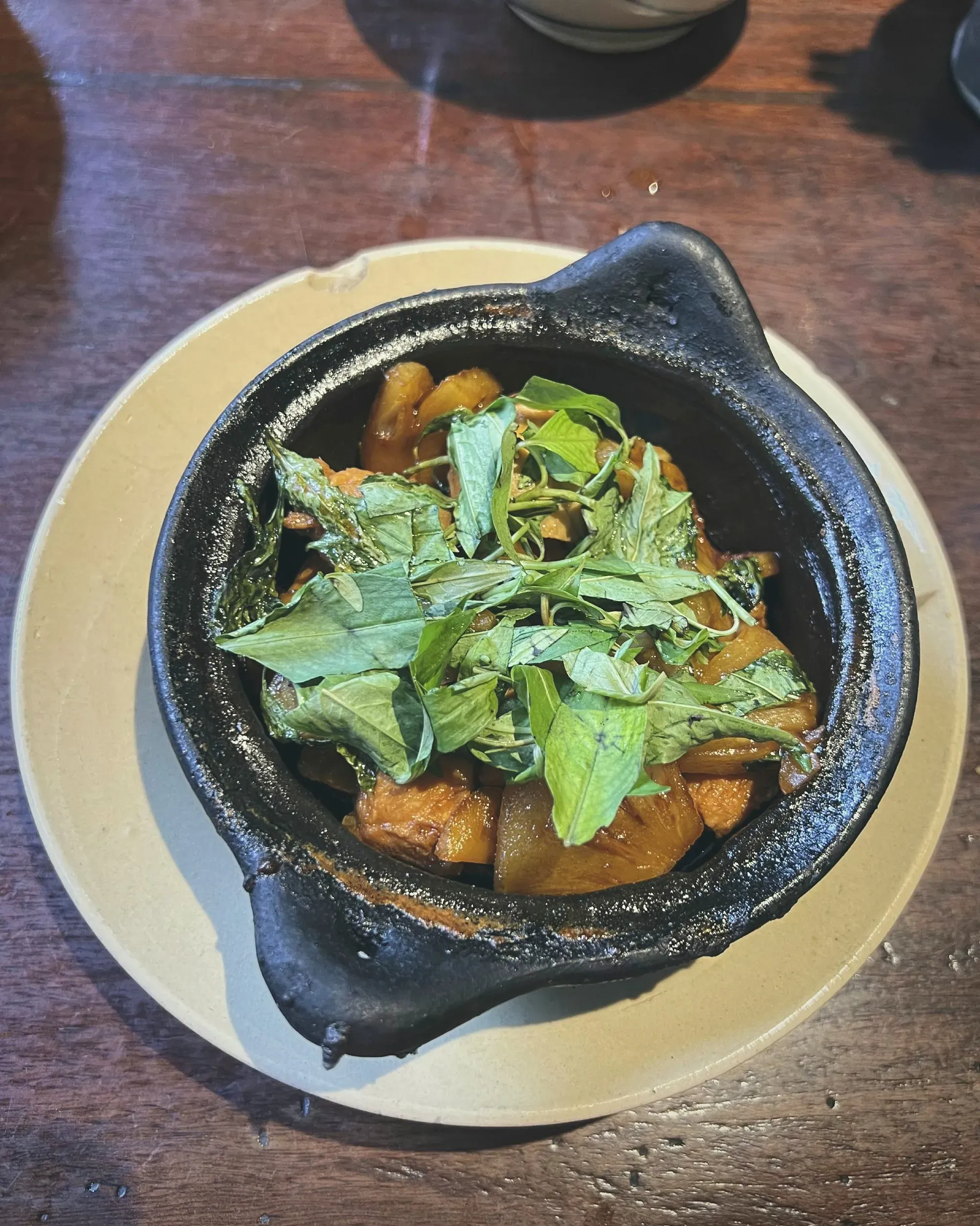
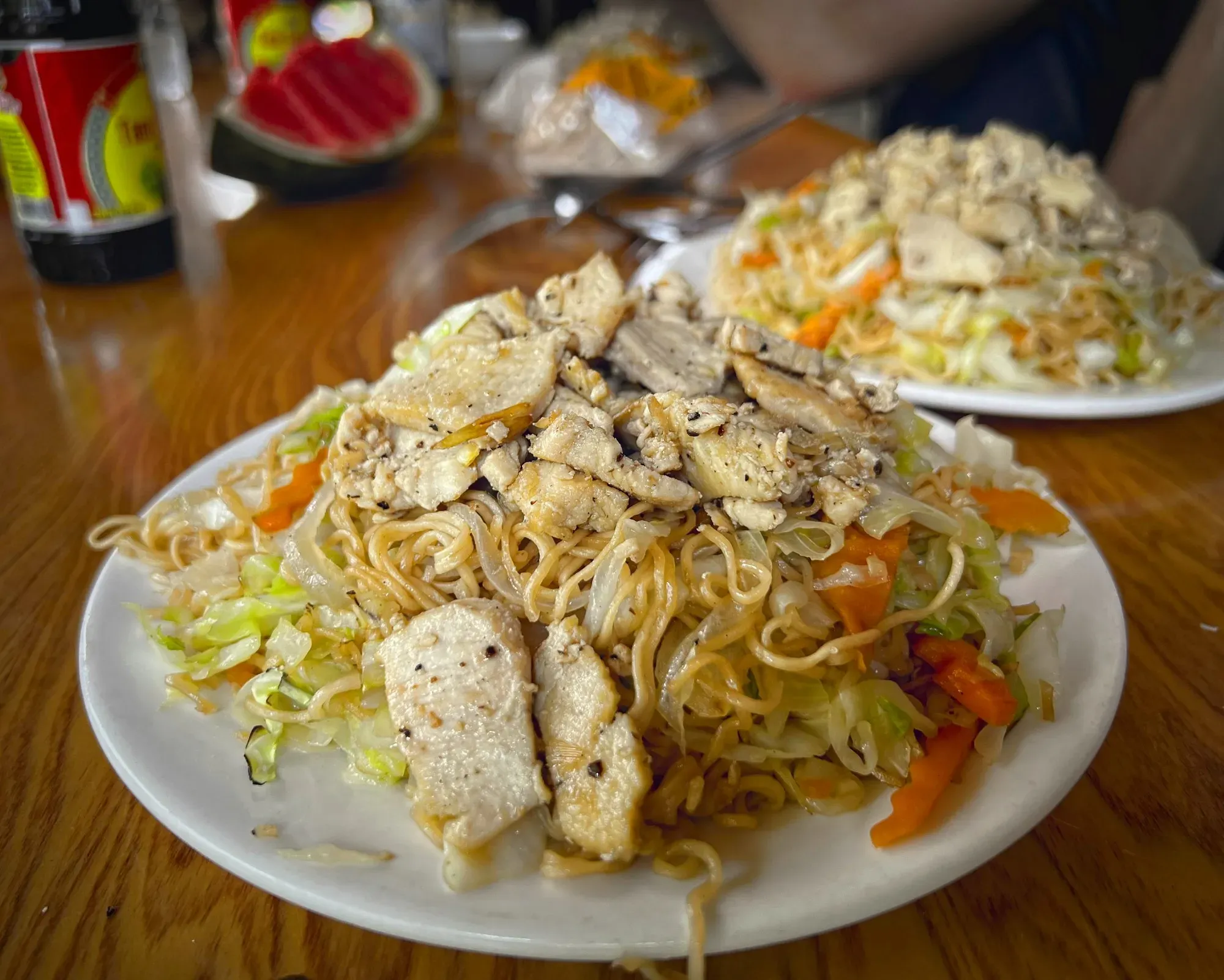
To wrap up the Vietnamese main dishes, we can talk about some categories of dishes. Like most dishes typical of Asian cuisines, Vietnam has its own versions of braises, rice, noodle stir-fry, and soups that resemble many meals indicative of the East and Southeast Asian regions.
- Khô - Braised dishes that are cooked in a thick, caramelized sugar and fish oil sauce. Can be done to a variety of meats or vegetables and is often served as a side / along with a larger prepared meal.
- Cơm / Cơm tấm - Cơm can refer to an Asian-styled rice dishes: a rice base topped with practically any vegetable and meat imaginable. Cơm tấm means broken rice, which is an identical idea made from broken rice grains and is popular in Southern Vietnam.
- Mì Xào - Crispy noodle stir-fry. Most versions are made with egg noodles and made into a classic Asian stir-fry with vegetables and meats.
- Canh - Soup dishes from Vietnam. Vietnamese soups are commonly sour soups, but canh can encompass a tremendous variety of styles throughout the country.
Cà Phê Trứng (Egg Coffee)
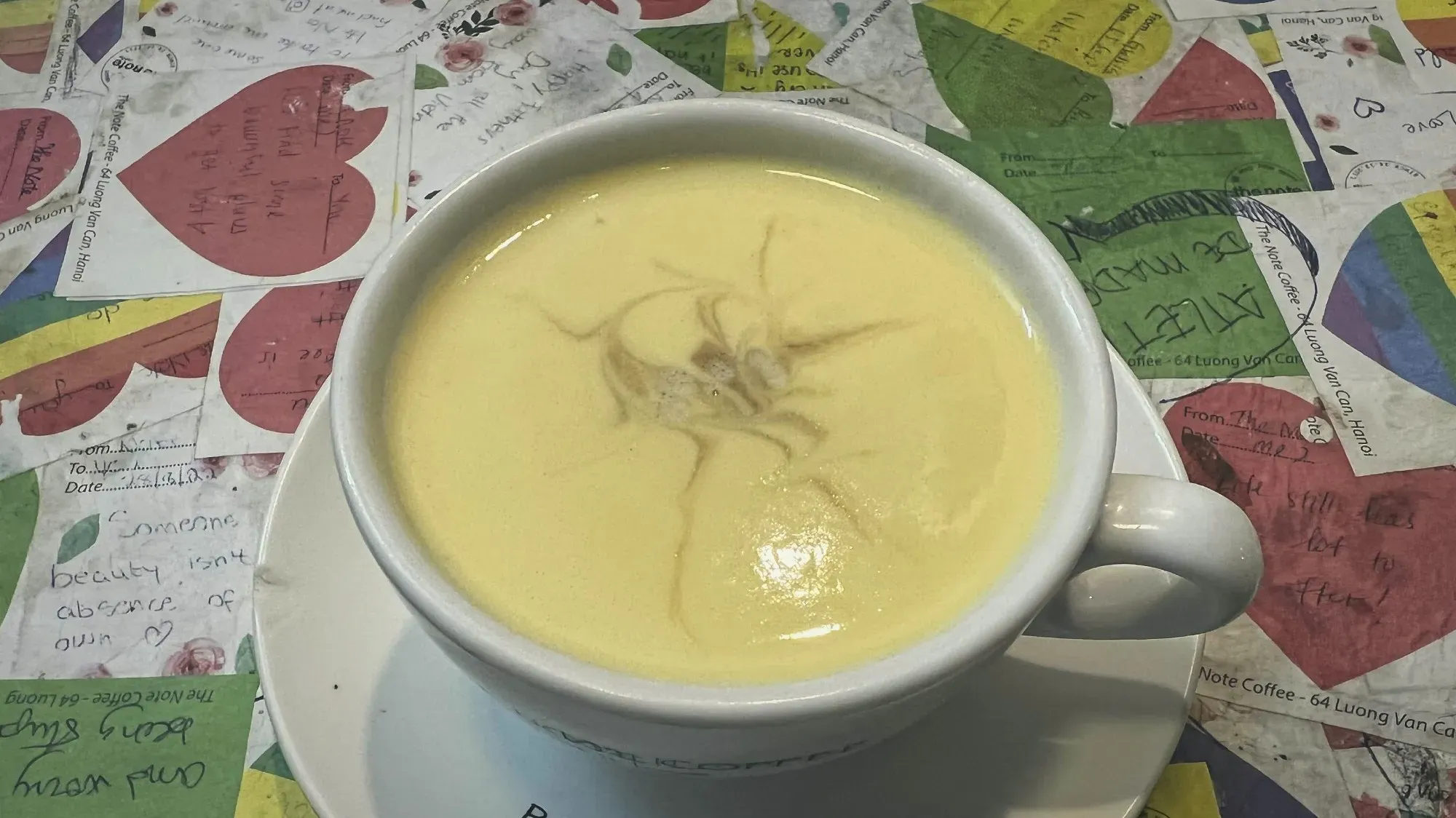
Coffee is huge in Vietnam. Vietnam is the second largest exporter of coffee in the world. While the Vietnamese coffee bean is considered an inferior bean in comparison to more "quality" beans, the Vietnamese people are proud of their coffee and it is a major part of the culture. Cafes are extremely popular in the cities and there are quite a few coffee concoctions that feel interconnected to Vietnam. Probably the most unique and certainly the most attention-gathering is Cà Phê Trứng or Egg Coffee. While at first this might sound strange, it is not simply a raw egg dropped into your coffee. Egg coffee is made by whipping raw egg yolks and condensed milk together with the coffee to make a rich, creamy result. I am not a coffee person myself, and yet I thought this was fantastic. So don't knock it till you've tried it, as it is surprisingly delicious.
Chè
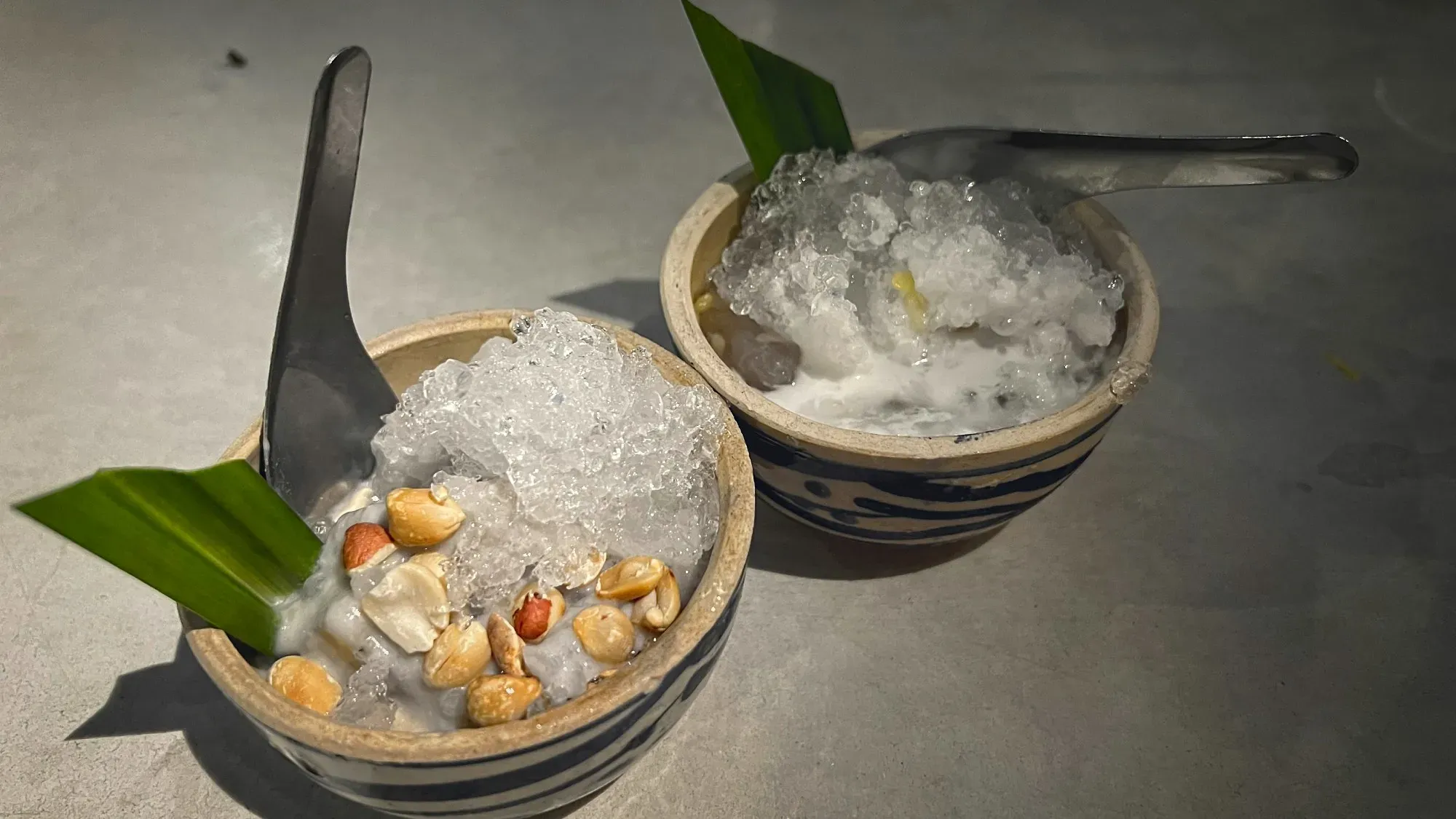
Chè is the term for a Vietnamese dessert which can come in a variety of forms. It can be served hot or cold, eaten with a spoon or drunk. The general construction of Chè involves fruit and jellies in a coconut cream base. This can make the form of a pudding, dessert soup, or drink. While the range is extremely wide here, the general idea is fruity flavors in liquid coconut is a classic Vietnamese dessert.
List of Other Things to Try:
- Cá Khô Tộ (Braised catfish, cooked in a clay pot from southern Vietnam)
- Bun Cha Ca (Fish Cake Noodle Soup in a dill-flavored broth from Da Nang)
- Banh Cuon (Steamed rice rolls from Northern Vietnam)
- Cơm Ga (Chicken rice. Specifically, Hoi An-style Com Ga is a famous dish)
- Thịt khô (Braised pork with eggs from South Vietnam)
- Bánh Bao Bánh Vạc (White Rose Dumplings: Famous shrimp dumplings from Hoi An)
- Canh Khoai Mỡ (Unique, creamy purple yam soup dish)
- Sữa Chua Nếp Cẩm (Black Glutinous Rice Yogurt dessert)
- Ốc (Snails: A delicacy that can be ordered in a variety of ways)
Resources
Restaurant Recommendations
Hanoi is specifically known for its Bún chả, Chả cá, and egg coffee. There are many great places to find these dishes, but a particularly famous place to get Bún chả is Bun Cha Dac Kim. This restaurant has gathered quite a name for itself online and attracts many visitors to the Old Quarter area. It is popular for a reason, and I would strongly recommend. Their fried crab spring rolls (nem cua bể:) are absolutely fantastic.
Chả cá is sometimes served as a dish at a regular restaurant, but can also be an event, with an entire restaurant set up to cook the dish at your table like Korean BBQ. Chả Cá Thăng Long in Hanoi (and others like it around the country) is a nice version of one of these restaurants that provides a fun experience for a group.
Hội An has lots of great little restaurants for traditional Vietnamese food for tourists. Com Linh is an especially good option that has a great Cao Lầu.
Interestingly enough, the last restaurant recommendation call-out I have is pizza. I was dubious when it was first recommended to me, but it did deliver. Pizza 4P's is a Japanese immigrant's creation that has become popular in the major cities of Vietnam. They home-make their own cheese and use farm-to-table ingredients to produce wonderfully quality pizza.
To see an extensive list of restaurant recommendations in Vietnam, check out the Restaurants page to see a map of our top recommendations for Asia as well as the database with details on restaurants from all around the world.







